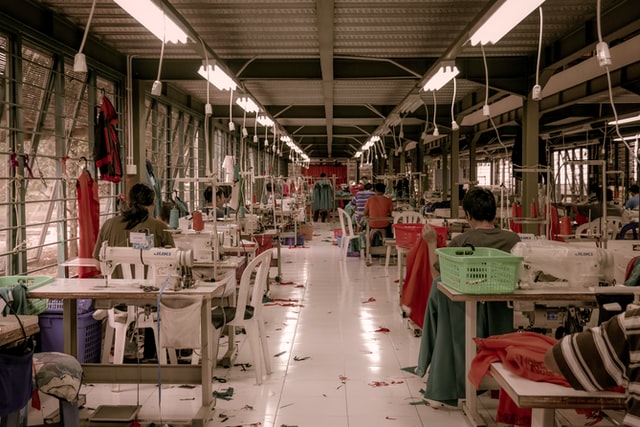The Irony of Streetwear: inequality, consumerism, and status
Photo by Rio Lecatompessy on Unsplash
By Gina De Lancey
Streetwear became popular in the 1990s, emerging from surf, skate, and hip-hop culture. It became a way to express a sub-culture, but as the years have passed, it now seems more like a status-symbol for the younger generation, playing a role in the competitive world of consumerism.
Supreme and the like have regular clothes ‘drops’, feeding into the psychology that clothes need to be bought regularly to keep up with the latest trends. The weekly ‘drops’, encourage people to flood their websites and race to buy highly-sought after clothes, which can then be resold at extortionate prices. It’s all a very competitive game – articles have even emerged to show consumers how to ‘beat’ these shopping systems. This vicious cycle of desire and competition isn’t sustainable, and it also highlights something interesting – how streetwear brands profit off inequality.
In the 21st Century, fashion has been a way to prove status. Today, for the younger generations, streetwear seems to be the main contender for this. Research suggests that in US states of greater inequality, there was a greater number of internet searches for designer brands[1]. This could be because of the instability of wealth and reputation in capitalism. The rich need to validate their place at the top of the hierarchy in materialistic ways – so their wealth is visible. And the poor’s desire to increase social status leads them to buying these same products.
‘Normcore’, a term made popular by the trend forecasting group, K-HOLE, describes a movement in fashion towards dressing more ‘normal’. Starting in the early 2010s, the ‘model-off-duty’ look circulated social media and infiltrated high street shops. And it seems the 2008 financial crash may have encouraged the movement towards more comfortable, ordinary clothes, with streetwear and ‘normcore’ increasing in popularity since then. Is this a way of playing down status, perhaps due to an increasing awareness of the vast amounts on inequality in the affected countries? Or is it simply a fashion trend that was a reaction to more outgoing and flashy trends of earlier decades? It’s hard to tell.
Here’s where the irony lies. Those at the bottom of the pyramid, in some of the most unequal societies in the world like America and the U.K., strive to buy the latest £200 hoodie from Palace or Nike Air Jordans, for example. Yet, richer people and celebrities, like the Hadids, seem to wear these t-shirts and baggy clothes to dress down and disguise their affluence, whilst still shelling out hundreds of dollars for each outfit, never mind the cost of a stylist to put the outfit together for them. More recently, the collaboration of streetwear brands with luxury brands[2] only escalates the irony of streetwear’s roots in counterculture movements. As stated in the streetwear impact report[3], this trend hasn’t been formed in a vacuum. Originally streetwear reflected a movement[4] towards finding art away from mainstream platforms, giving voices to those underrepresented and expressing identities away from the prestigious and hard-to-access world of fashion. Streetwear was nothing but promising. Now, luxury collaborations, like Dior and Nike, Supreme x Louis Vuitton, and many more, seem to take the accessible nature of streetwear away, and arguably part of its impact too. Consumerism and capitalism are to blame – luxury brands see opportunities, profit off them and fundamentally shift the power behind fashion (and social) movements, like streetwear, away from the people and to the corporations. This also changes who can wear these clothes. Now only those young people who can afford £500 hoodies can look like they are part of a culture that seemed to be formed in opposition of just that kind of ignorance.
I love streetwear, expressing yourself and comfortable clothes. I do not like the pressure to spend hundreds to express an identity that many probably don’t feel a part of, cutting off those who are a part of it due to economic reasons. I do not like the endless cycle of new collections and releases which perpetuate consumerism. I do not like the belief promoted that these clothes somehow improve status, so those who are less advantaged in unequal societies suffer. I think companies should be very careful when creating clothes – they need to ensure that they create clothes for the people that allowed the trend to emerge in the first place, not exclude them by only catering for those who will pay thousands for an outfit. This might be wishful thinking though.
References
[1] Income Inequality and Status Seeking: Searching for Positional Goods in Unequal U.S. States – Lukasz Walasek, Gordon D. A. Brown, 2015 (sagepub.com)
[2] SAGE Business Cases – A New Paradigm in the Luxury Fashion Industry: Off-White and the Rise of Luxury Streetwear (sagepub.com)

0 Comments